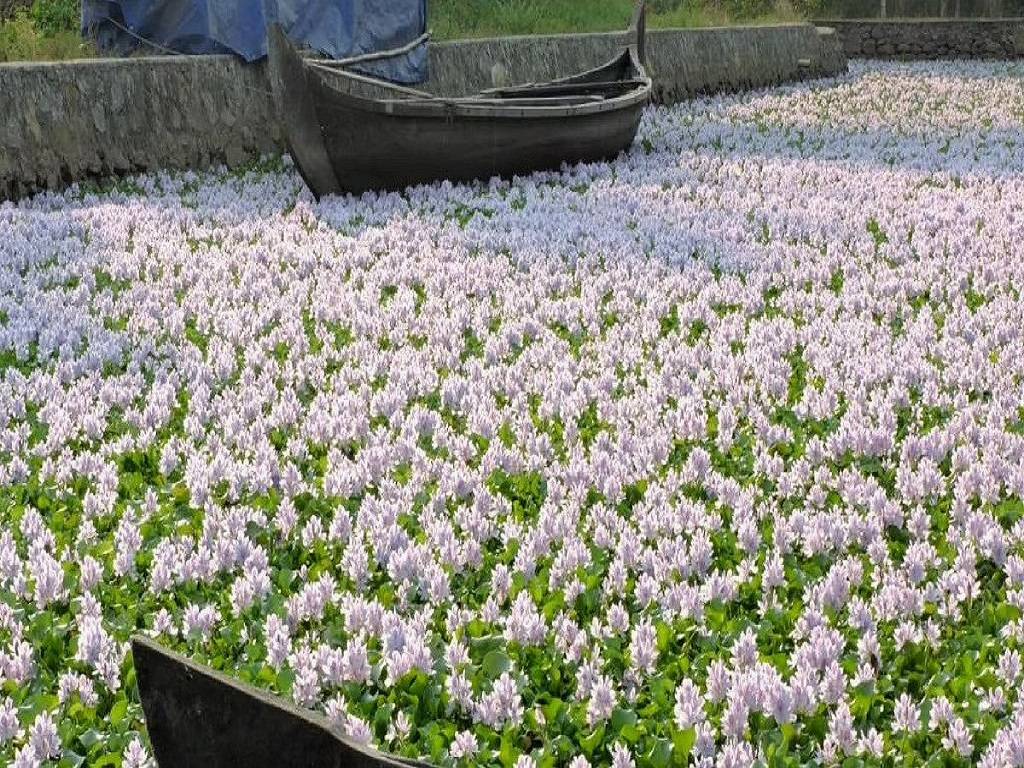
The initiative, which began in October 2021 in Duggal village of Puri district with support from the Odisha Livelihood Mission and ICRISAT (International Crops Research Institute for Semi-Arid Tropics), is backed by the Odisha Livelihood Mission and ICRISAT (International Crops Research Institute for Semi-Arid Tropics).
The weed, which spreads to cover water bodies, was picked by village women, who utilized the biomass to manufacture high-quality compost by mixing it with rice straw and cow manure.
The project also includes an AI component, since satellite-based photography is used to map areas under water hyacinth. "By combining recognized composting science with cutting-edge AI-based techniques, we want to transform the difficulty into an opportunity," says Sreenath Dixit, Global Research Programme Director, Resilient Farm and Food Systems, ICRISAT.
"Our researchers have taken this as a challenge and come up with various solutions is the potential of the proliferating weed known as water hyacinth and how this waste can be transformed into profit," says Aviraj Datta, Scientist, ICRISAT Development Center.
"The aerobic composting technique's use of water hyacinth biomass has the ability for widespread adoption and impact," he says.
Over 2000 water bodies in Odisha's Puri district are afflicted with water hyacinth, demonstrating how widespread the weed is. According to studies, ten water hyacinth plants may produce 6.55 lakh plants in just eight months, covering nearly one acre of land.
When water hyacinth covers the surface, it deprives creatures in the water body of oxygen. Each water hyacinth plant produces about 4700 seeds, which remain active for 20 years on the lake bottom.
On-the-ground data is required to harvest the weed on such a huge scale. "On a real-time basis, digital tools have the potential to assess specifics about the biomass quantity expected during different seasons on a huge water body," Datta added.
















